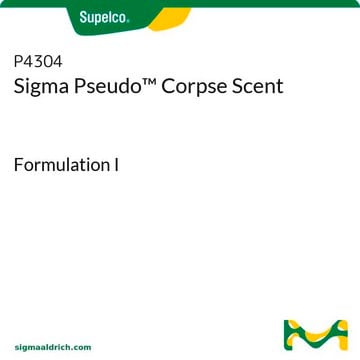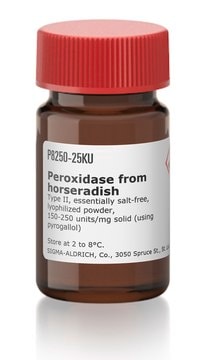219215
Leucocrystal Violet
Synonym(s):
4,4′,4′′-Methylidynetris(N,N-dimethylaniline), Leuco Crystal Violet
About This Item
Recommended Products
form
powder
mp
175-177 °C (lit.)
λmax
260 nm
ε (extinction coefficient)
≥700 at 257-263 nm
application(s)
diagnostic assay manufacturing
hematology
histology
storage temp.
room temp
SMILES string
CN(C)c1ccc(cc1)C(c2ccc(cc2)N(C)C)c3ccc(cc3)N(C)C
InChI
1S/C25H31N3/c1-26(2)22-13-7-19(8-14-22)25(20-9-15-23(16-10-20)27(3)4)21-11-17-24(18-12-21)28(5)6/h7-18,25H,1-6H3
InChI key
OAZWDJGLIYNYMU-UHFFFAOYSA-N
Application
Biochem/physiol Actions
Caution
related product
Signal Word
Warning
Hazard Statements
Precautionary Statements
Hazard Classifications
Aquatic Acute 1 - Aquatic Chronic 1
Storage Class Code
11 - Combustible Solids
WGK
WGK 3
Flash Point(F)
Not applicable
Flash Point(C)
Not applicable
Personal Protective Equipment
Certificates of Analysis (COA)
Search for Certificates of Analysis (COA) by entering the products Lot/Batch Number. Lot and Batch Numbers can be found on a product’s label following the words ‘Lot’ or ‘Batch’.
Already Own This Product?
Find documentation for the products that you have recently purchased in the Document Library.
Customers Also Viewed
Our team of scientists has experience in all areas of research including Life Science, Material Science, Chemical Synthesis, Chromatography, Analytical and many others.
Contact Technical Service












